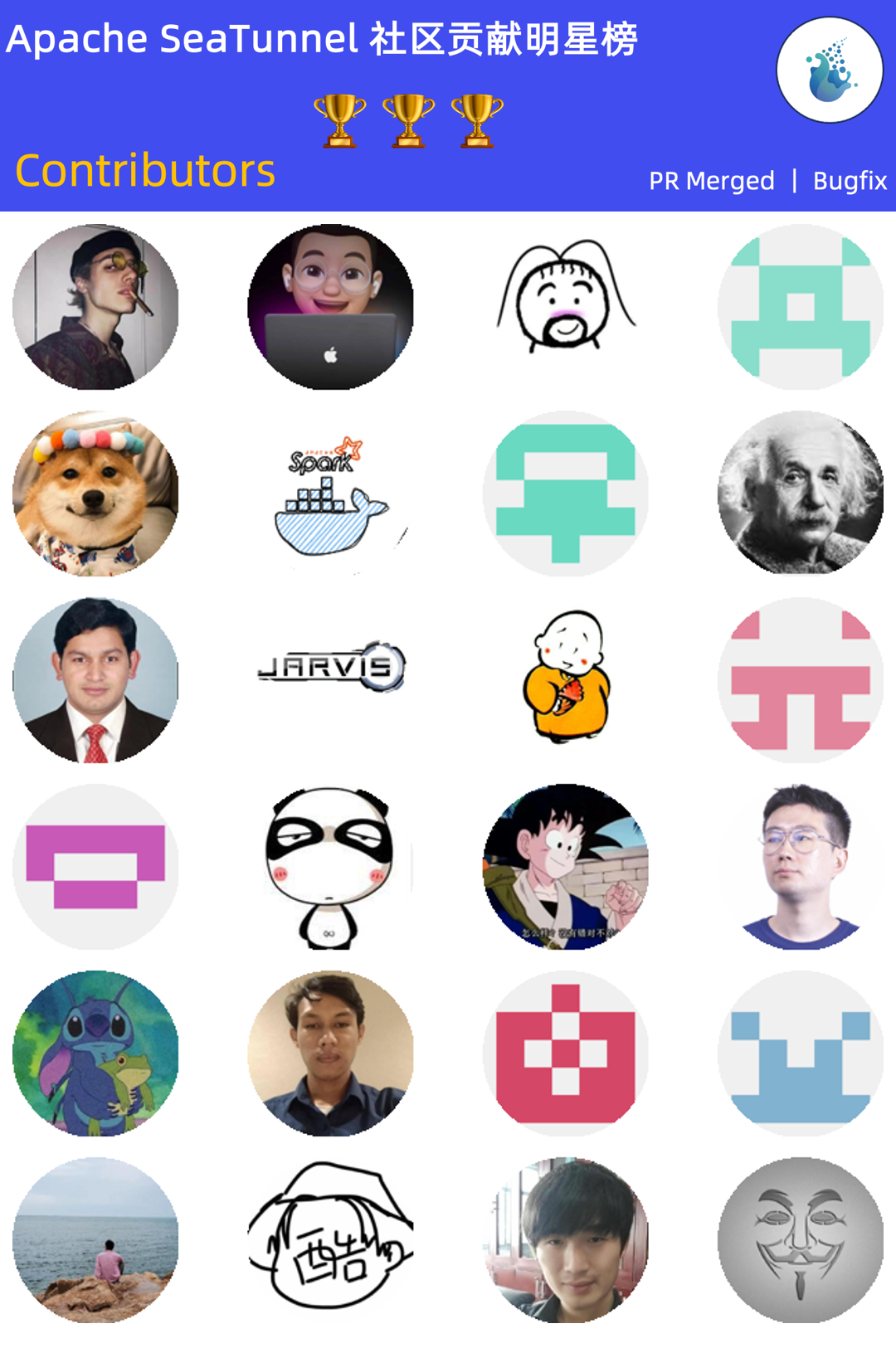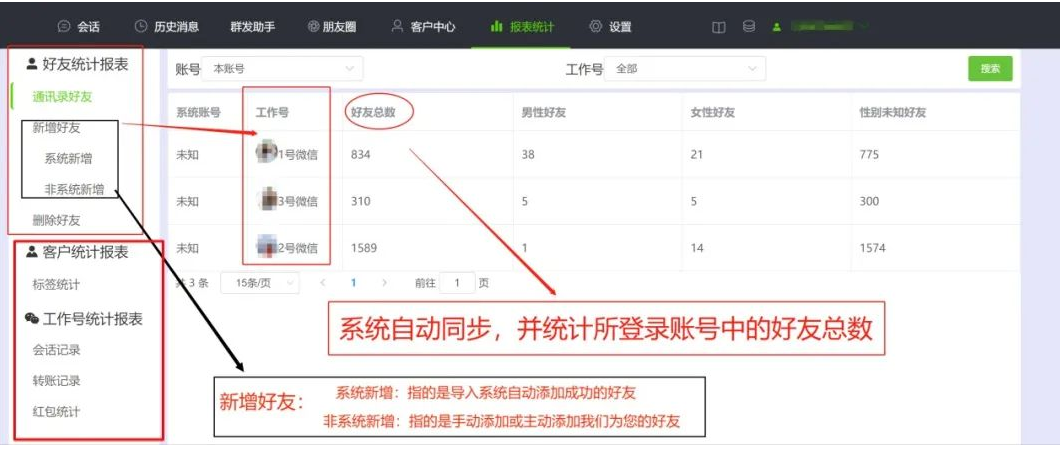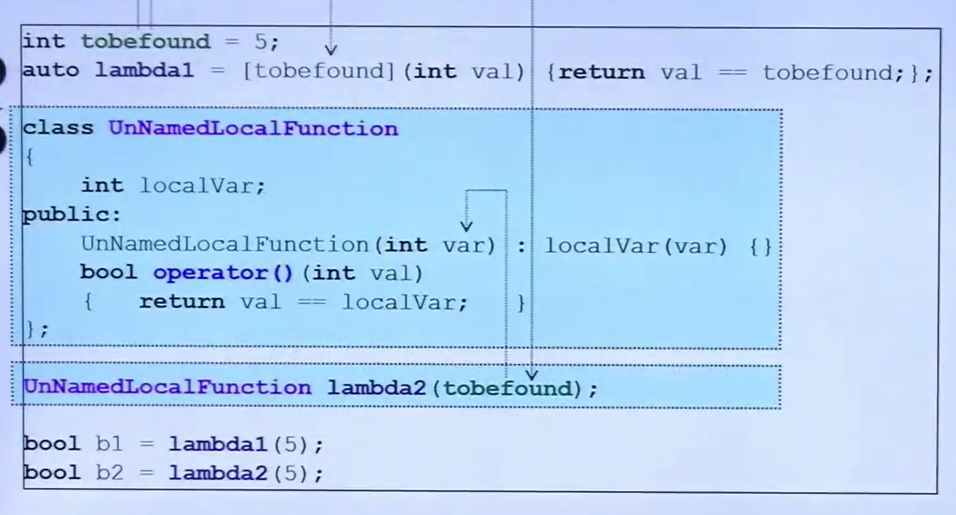Flag
利用7天时间熟悉tensort-llm的代码架构,cublas的使用方式以及flash attention的调优。
项目链接
https://github.com/NVIDIA/TensorRT-LLM
安装
https://nvidia.github.io/TensorRT-LLM/installation/linux.html
它的安装主要是需要下载相应的docker镜像,然后基于它,启动容器,下列是官网提供的指令,但是因为rm, 它会在退出后自动删除。
docker run --rm --ipc=host --runtime=nvidia --gpus all --entrypoint /bin/bash -it nvidia/cuda:12.5.1-devel-ubuntu22.04
在没有代理的情况下,这个安装的速度非常慢,从早到晚,还有可能中断的样子。
在完成了tensorrt-llm的安装后,可以看到

接口实例
LLM Examples Introduction — tensorrt_llm documentation
from tensorrt_llm import LLM, SamplingParams
prompts = [
"Hello, my name is",
"The president of the United States is",
"The capital of France is",
"The future of AI is",
]
sampling_params = SamplingParams(temperature=0.8, top_p=0.95)
llm = LLM(model="TinyLlama/TinyLlama-1.1B-Chat-v1.0")
outputs = llm.generate(prompts, sampling_params)
# Print the outputs.
for output in outputs:
prompt = output.prompt
generated_text = output.outputs[0].text
print(f"Prompt: {prompt!r}, Generated text: {generated_text!r}")上述案例让人好奇的地方是generate的实现是怎样的呢?它的底层与tensorrt又是怎么建立联系的呢?
在查阅源码后,可以看到,它调用的是gerneate_async这个函数。但是,接下来的调用逻辑是什么样呢?我们明天说。



















